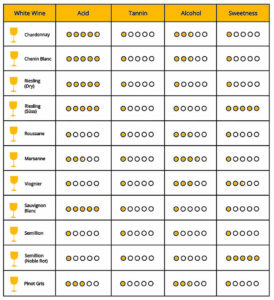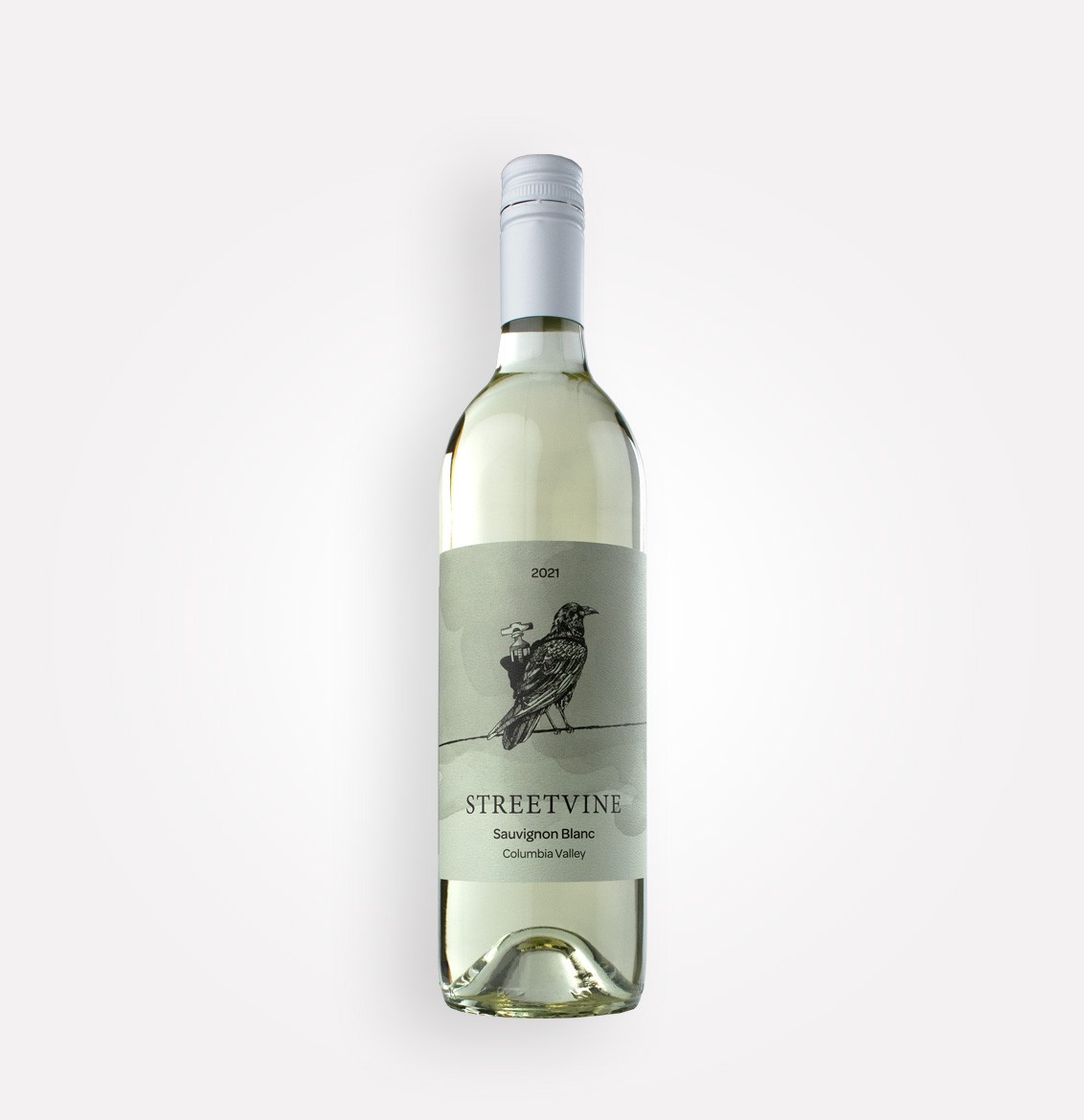What makes a wine ageable?
It was a lovely day, perfect for checking in at that estate sale at Lana and Leos. It was a nice thing to do — no one had seen much of them since they headed off for a “grand adventure.”
Lana hustled over with a salutation, “I’ve been keeping this on top of the fridge for you! Leo got it at a roadside stand,” while presenting a bottle of 1947 Chateau UH-OH. There’s nothing like having an old, warm bottle of red wine thrust into your hand with an exciting ceremony. Warm from the sun, warm from the day, warm from some internal mystery contained only by the fragile dignity of old cork?…
Under proper storage, many wines typically benefit from aging, which is a factor of wine style, winemaking, and varietal characters. However, this isn’t always true; if you prefer younger, fruitier flavors, you shouldn’t feel forced to buy and age wines to enjoy them.
Characteristics that affect how wine ages
To help understand which wines can be and benefit from aging, we can start with the foundational wine characteristics:
- Acid
- Tannin
- Alcohol level
- Sweetness
Each of these factors affects a wine’s ability to age alone and often work together in a complex, ageable wine.
Acid
Wines are naturally acidic, and acid is an essential component in red and white grapes and wine. Grapes grown in cooler regions typically have higher acidity than those from warmer regions. As a result, wines described as tart, sometimes mouthwatering, with a bright character, are high in acid. In addition to delivering a lighter-bodied sensation and vibrancy in wine, acids slow natural processes that degrade wine over time, hence their role in aging.
Tannin
Tannins deliver a sometimes powerful astringency or bitterness and a mouth-drying character, especially in young red wines. They are naturally present in grape skin and seeds and can be augmented by aging in oak barrels. White wines typically don’t have many tannins unless they have had skin contact, been fermented in wood, or aged in oak barrels. These processes can contribute a small amount of tannin perceived as a textural quality in the wine.
Tannins aren’t restricted to wine grapes, and you can experience them in tea and dark chocolate as well. They are an essential part of wine, helping prevent oxidation. Like acidity, tannin levels vary in grapes.
Alcohol level
The alcohol level in wine is a function of the sugar level in the grapes fermented to produce alcohol. Site selection and viticultural practices can somewhat manage grape ripeness, sugar levels, and potential alcohol. Grapes grown in warmer regions usually achieve higher sugar levels and, therefore, higher possible alcohol levels than grapes grown in cooler regions.
Wines that ferment all the sugar can have high alcohol, but fortified wines that stop fermentation and fortify with neutral alcohol spirits can have high sugar and high alcohol levels. Higher alcohol wines such as Ports and Sauternes are stable and can age for many decades.
Sweetness
Sweetness is a measure of residual sugar in the wine, ranging from 0% in dry wine to more than 200g/liter in sweet wines such as German Riesling. High sugar level wines often have high acid levels (the sugar makes the acidity less evident) and include some of the longest aging wines available.
Maybe the best way to learn more about how wines age is to do a little research, try a few bottles and see how they progress over time. You can use the charts below to see the basic characteristics of some wines and infer how they may age. Remember, winemaking/wine style decisions can affect basic wine characteristics, as demonstrated by the two entries for Riesling finished as either a dry or sweet and still high acid wine.
This chart shows the same characteristics for red wine — Cabernet Sauvignon, for example, is generally a high acid, high tannin, and often high alcohol wine, so you’d expect it to age well. Red wines are fermented with their skin and seeds and often aged in wood which further affects the tannin level in wine.
This chart shows the same characteristics for red wine — Cabernet Sauvignon, for example, is generally a high acid, high tannin, and often high alcohol wine, so you’d expect it to age well. Red wines are fermented with their skin and seeds and often aged in wood which further affects the tannin level in wine.
Remember, the best wine growing and winemaking can be undone by many factors, such as poor cellar conditions or faulty cork.
No wine or relatives were harmed during the creation of this story.
1: I don’t know who first said “Youth and Enthusiasm or Old Age and Cunning,” but they were brilliant. Chapeaux.






